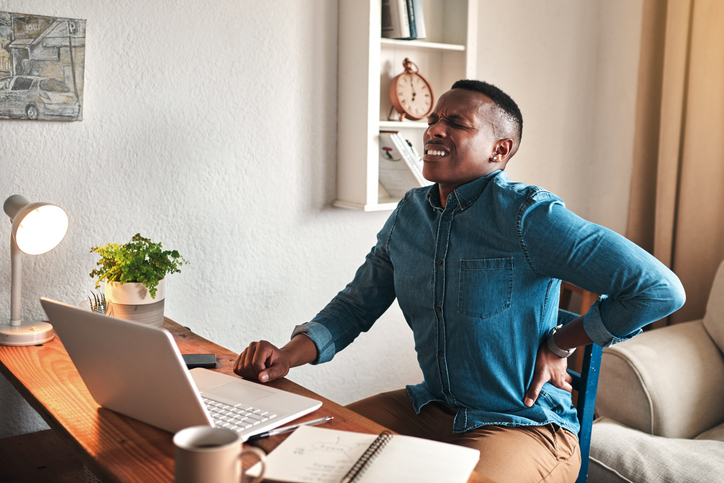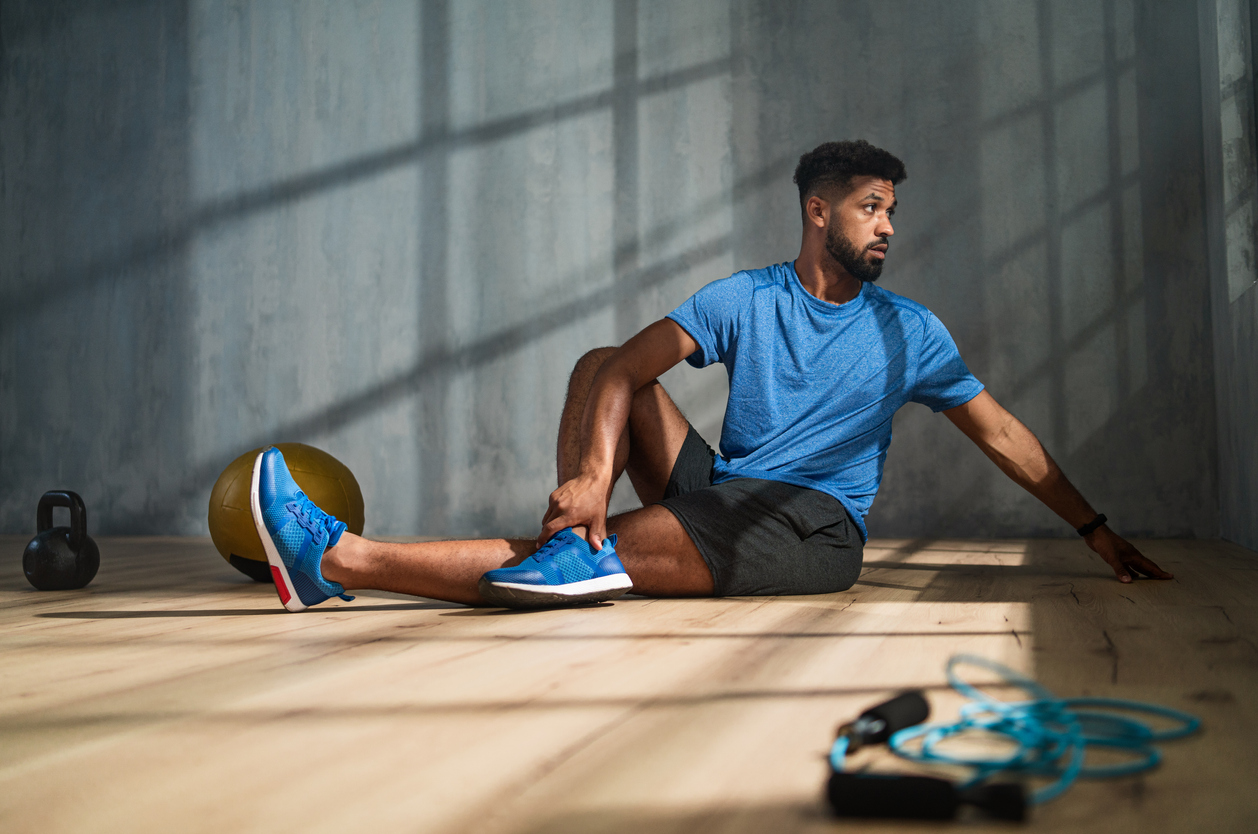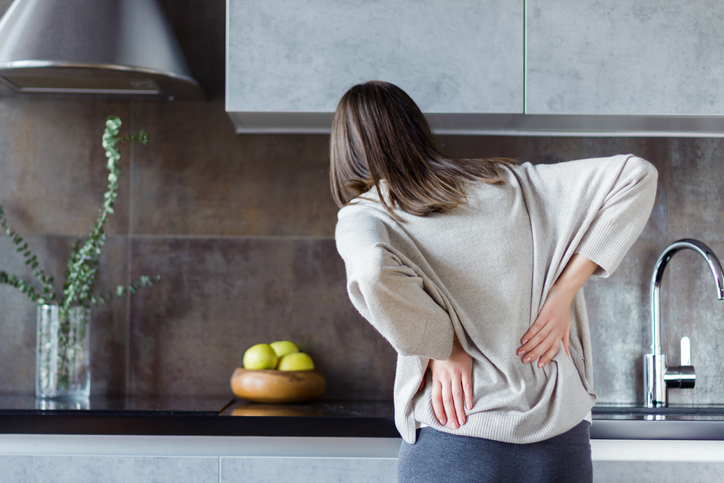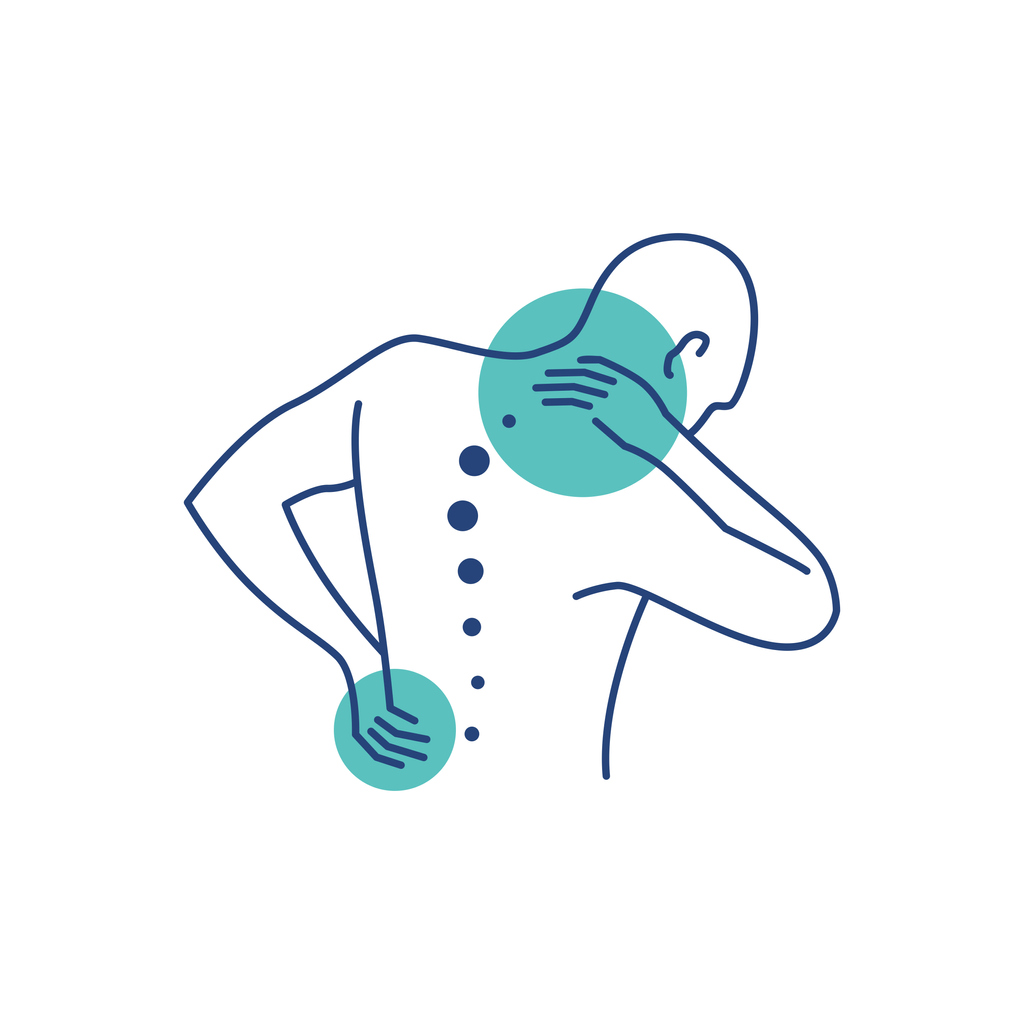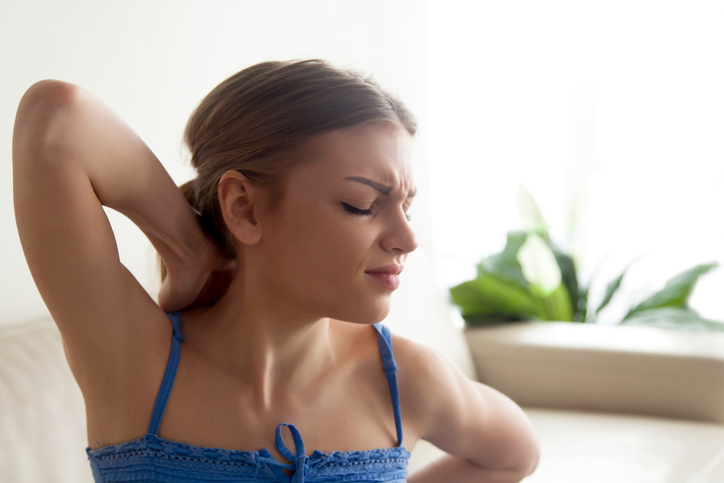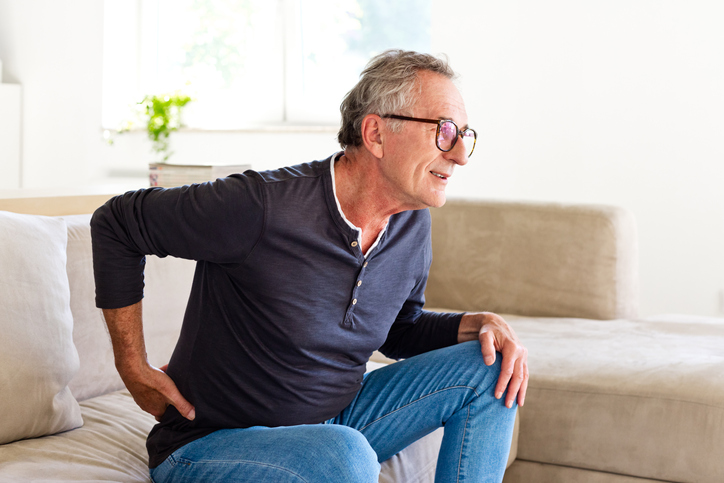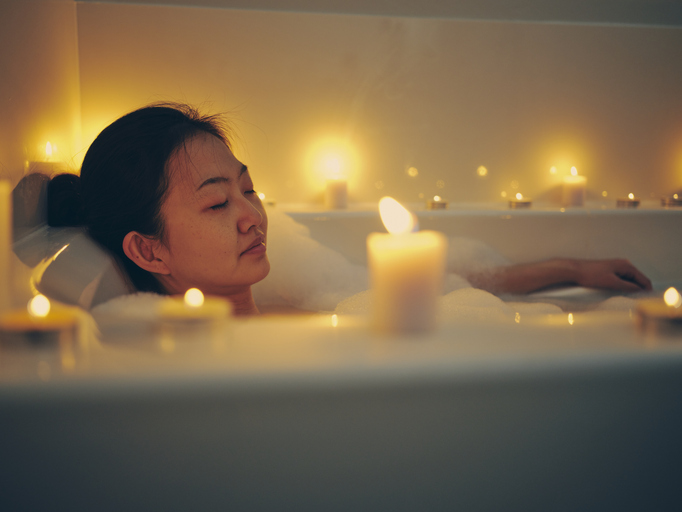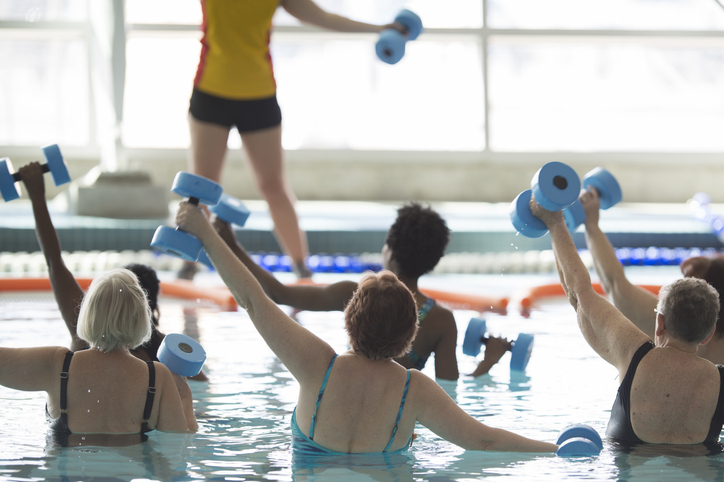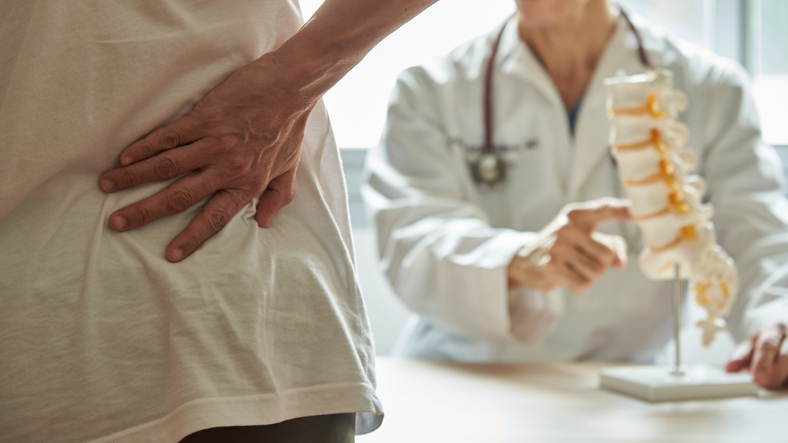Pain
Top 5 At-Home Treatments for Back Pain

32 people found this helpful
Print
Share
Save
Nearly everyone will experience some kind of back pain during their lifetime. Fortunately, in some cases, at-home treatments can help relieve the pain.
Here are the top 5 at-home treatments for back pain:
Temperature therapy
- Cold therapy can numb pain and reduce or prevent swelling, while heat therapy can relax the muscles and improve circulation in order to promote healing. It is best to use cold therapy, such as an ice pack, for the first 48 hours after the onset of pain.
- Switching to heat therapy, such as a heating pad or heat patch, after 48 hours from the onset of pain may be the most beneficial. Taking a warm bath with Epsom salts can relax sore muscles and relieve pain. The water should be warm, not hot, because hot water can cause muscle swelling.
Over-the-counter medications
- Pain relievers, such as nonsteroidal anti-inflammatory drugs (NSAIDs) or acetaminophen, can help with occasional back pain. Since NSAIDs reduce inflammation, they are especially helpful for inflammatory conditions, such as arthritis or injury-related swelling.
- Various creams, ointments or patches can be applied to the back to reduce pain. Most of these contain ingredients, such as lidocaine, capsicum, or menthol, that cool, heat or numb the area.
Physical activity
- One of the most effective ways to reduce pain is to keep moving. Low-impact exercise, such as walking, yoga, swimming, or water aerobics, strengthens the muscles that support the spine as well as reduces or prevents stiffness.
- Stretching reduces tension in the muscles and improves range of motion. Stretches for the neck, shoulders, low back, and hamstrings can all help reduce back pain.
Good posture
- Keeping the spine in alignment reduces stress on the back, which can help decrease or prevent pain. In general, good posture involves keeping the head over the pelvis, the shoulders back and down, and the chin level.
Proper sleeping position
- When dealing with back pain, sleeping on the stomach should be avoided. Sleeping on the back or side is best. A pillow placed between the knees may reduce pain for those who sleep on their side. If sleeping on the stomach is the only way an individual can sleep, a pillow should be placed under the hips to prevent additional strain on the back.


